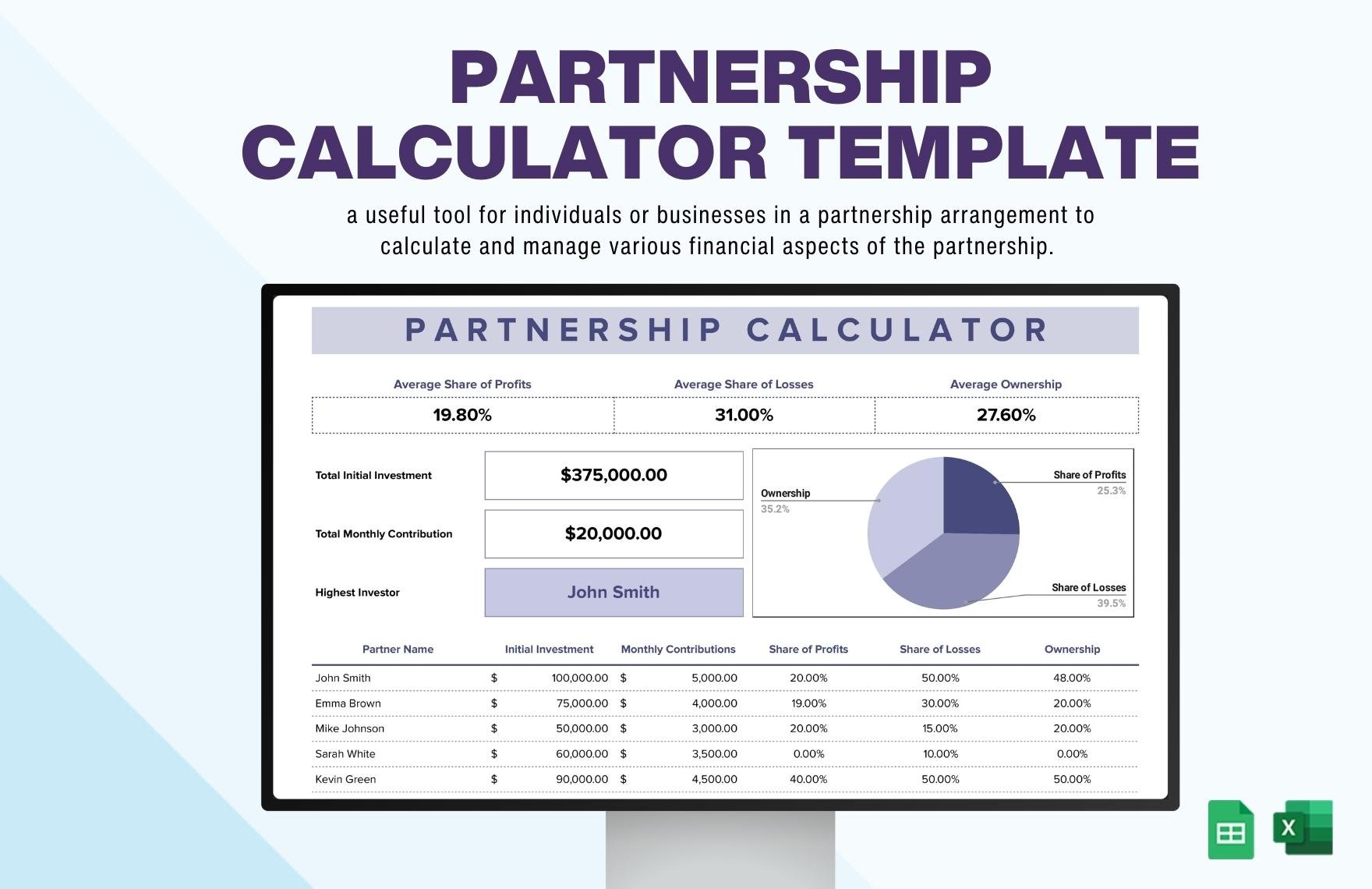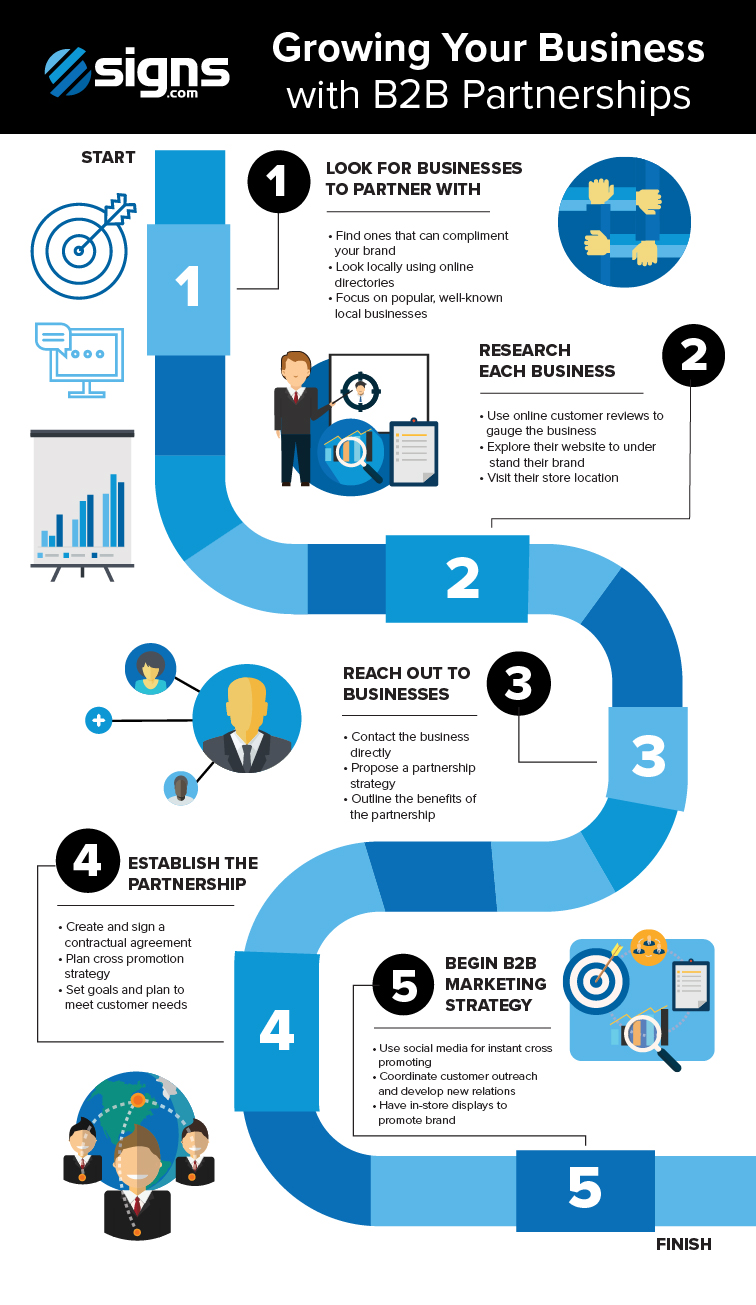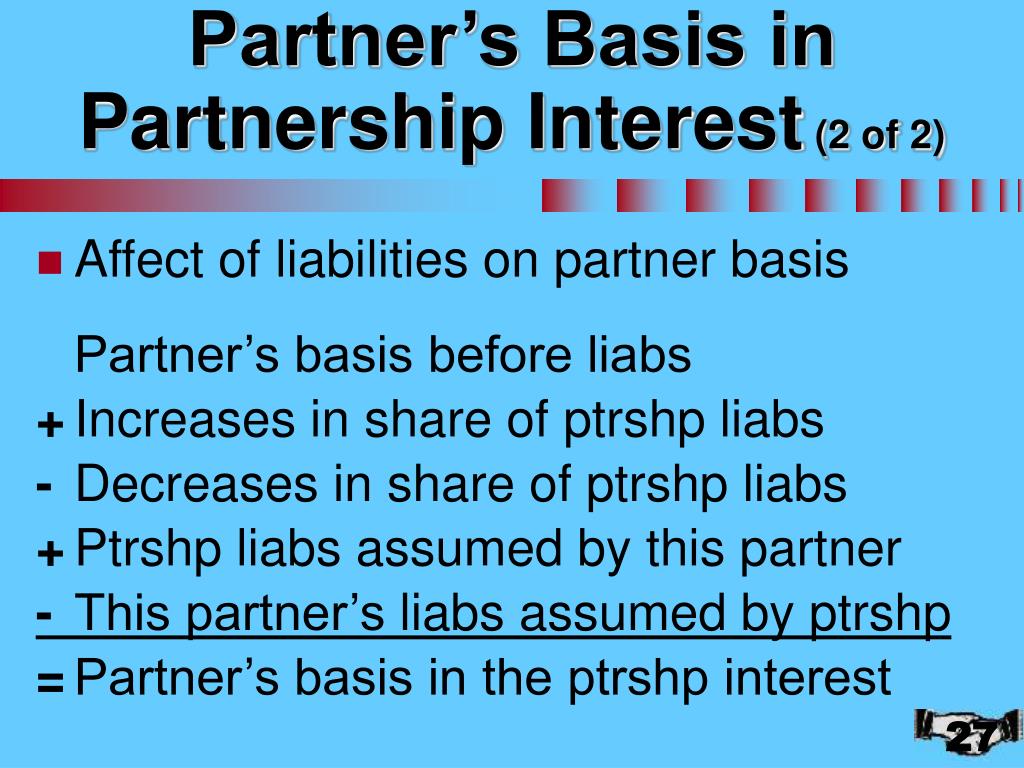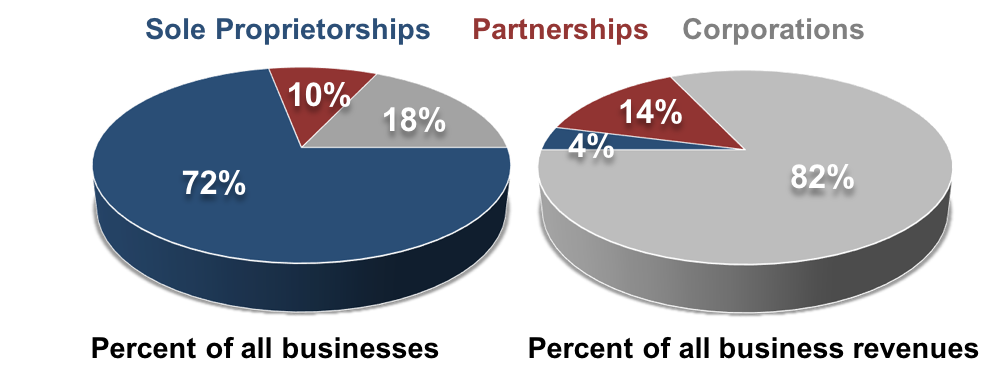How To Determine Business Partnership Percentage

Imagine a cozy coffee shop, buzzing with the murmur of conversations and the aroma of freshly brewed coffee. Two friends, Sarah and Mark, are huddled over a table, not discussing the latest gossip, but something far more crucial: the future of their shared dream, a handcrafted jewelry business. They’re grappling with the age-old question that has launched countless partnerships – how to fairly divide the pie.
Determining the right business partnership percentage isn't just about splitting profits; it’s about establishing a foundation of trust, equity, and long-term sustainability. This article will guide you through the key considerations and methods to ensure a fair and effective partnership agreement.
The Foundation: Why Percentage Matters
The allocation of partnership percentages dictates not only the distribution of profits, but also the distribution of losses, voting power, and ultimately, control over the company's direction.
A poorly structured agreement can lead to resentment, conflict, and even the dissolution of the business.
According to the Small Business Administration (SBA), disagreements over financial matters are a leading cause of partnership disputes, highlighting the importance of getting this right from the start.
What Factors Influence the Percentage?
Several factors should be considered when determining the fairest distribution.
These factors are all weighted differently by each partner involved.
Below are a few common factors to explore.
Initial Investment: The amount of capital each partner contributes at the outset is a primary consideration.
If one partner invests significantly more cash, that should translate into a higher ownership stake.
For example, if Sarah invests $70,000 and Mark invests $30,000, a 70/30 split might seem reasonable based solely on capital contribution.
Time and Effort: This is where things get more nuanced.
If one partner plans to dedicate significantly more time and effort to the business, that should be reflected in their ownership percentage.
Even if initial investments are equal, a partner working full-time while the other works part-time warrants a larger share.
Expertise and Skills: Each partner brings unique skills and expertise to the table.
If one partner possesses specialized knowledge or a valuable skill set that is critical to the business's success, they may deserve a higher percentage.
For instance, if Mark is a marketing guru with a proven track record, while Sarah focuses on product development, his marketing expertise might warrant a larger share despite equal investment.
Responsibility and Risk: Consider who is taking on more responsibility and personal risk.
If one partner is personally guaranteeing loans or taking on significant liabilities, their share should reflect that added burden.
This increased risk exposure deserves acknowledgement in the equity structure.
Methods for Determining Percentages
Several methods can be used to determine a fair percentage, and the best approach will depend on the specific circumstances of the partnership.
Here are a few to consider.
The Contribution Valuation Method: This method assigns a monetary value to each partner's contributions, including capital, time, skills, and risk.
These values are added up, and each partner's percentage is determined by their proportion of the total value.
This method requires careful evaluation and agreement on the worth of each contribution.
The Equal Partnership Method: In some cases, especially when partners contribute similar resources and effort, an equal split (50/50) might be the most straightforward and equitable solution.
However, this only works if both partners agree that their contributions are truly equal.
It’s a simple solution, but can lead to trouble if roles evolve over time.
The Negotiation and Mediation Method: Sometimes, a more flexible approach is needed.
Partners can negotiate their percentages, with or without the help of a mediator, taking into account all the relevant factors.
This method requires open communication, a willingness to compromise, and a focus on finding a mutually agreeable solution.
Legal and Financial Advice: Consulting with a lawyer or accountant experienced in partnership agreements is always a wise investment.
They can help partners understand the legal and financial implications of different percentage allocations and ensure that the agreement is fair, legally sound, and protects the interests of all parties.
Their expertise offers an invaluable perspective.
Building a Lasting Partnership
Remember Sarah and Mark in the coffee shop? They spent hours discussing their contributions, fears, and aspirations.
They realized that the true key to success wasn't just the precise percentage split, but the transparency and open communication they fostered during the process.
A well-defined partnership agreement is not just a legal document, it's a roadmap for a successful and enduring business relationship, built on mutual respect, shared goals, and a commitment to fairness.


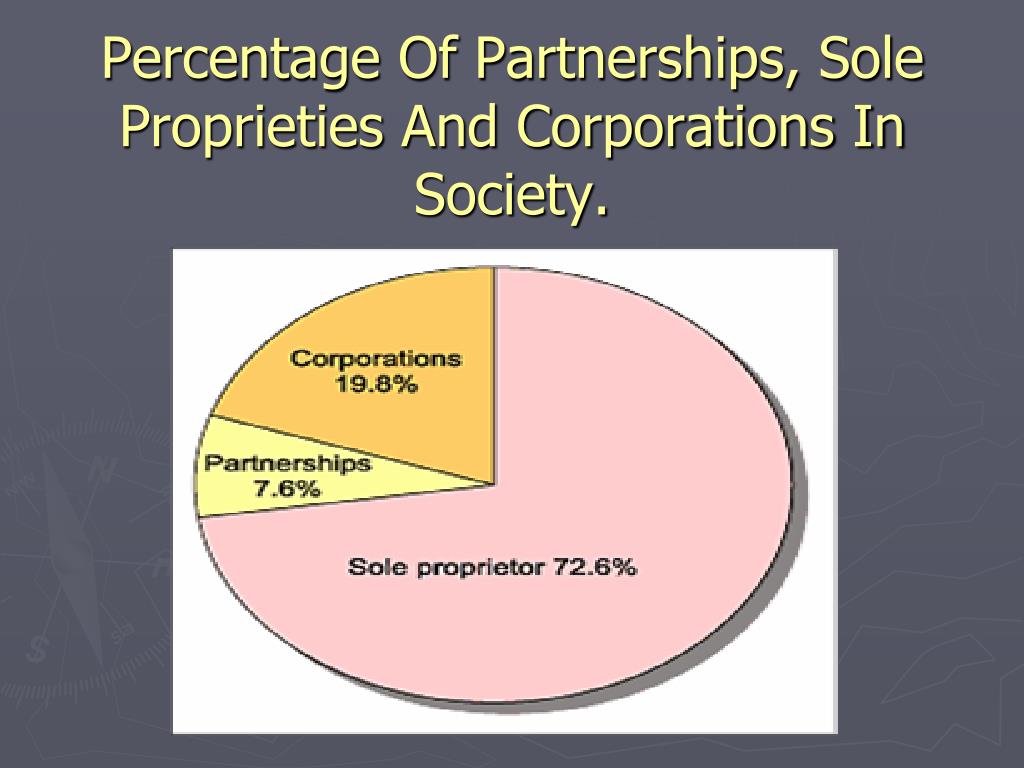



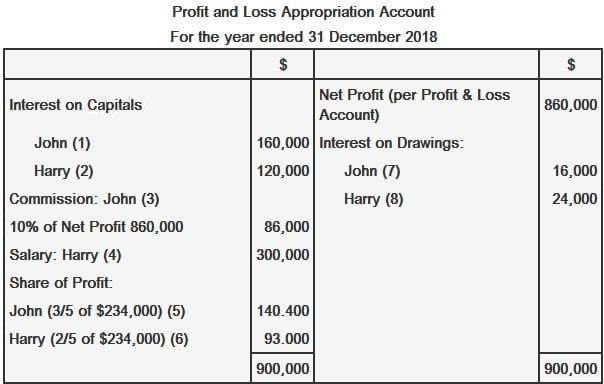

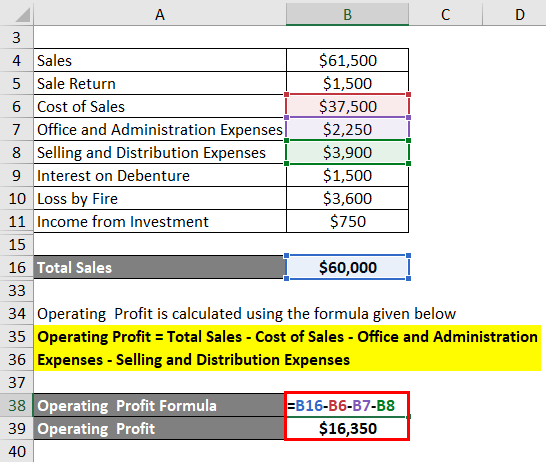
![How To Determine Business Partnership Percentage 5.4 Corporation – Foundations of Business [2024]](https://pressbooks.library.vcu.edu/app/uploads/sites/3/2020/04/Screen-Shot-2023-04-28-at-12.49.57-PM-1024x585.png)
